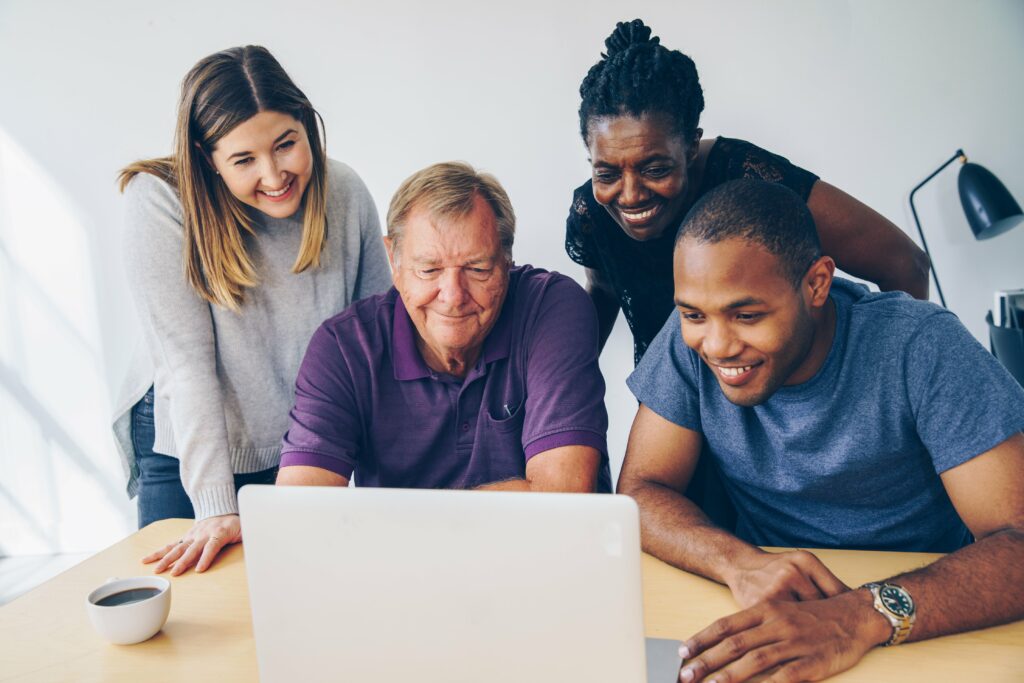In this reflection, I will be focusing on the potential support teachers can provide to students to facilitate blended and hybrid learning. It is worth mentioning that blended learning provides an alternate approach to engage students via various learning experiences particularly for students with difficulties learning in a physical classroom. This mode of learning shifts the role of a teacher from a knowledge provider to a mentor or a coach. It also enables teachers to facilitate students learning in flexible and innovative ways (Edgenuity 2017). Before diving into the recommendations, It is imperative to address the questions:
1)What is blending learning?
2) What is hybrid learning?
3) How does blended learning differ from hybrid learning?
Garrison and Kanuka (2004, p.96) define blended learning as “the thoughtful integration of classroom face-to-face learning experiences with online learning experiences”. Some scholars view blended learning as using online learning to supplement in-class learning with the main emphasis on both teachers and students being physically present in class (ViewSonic 2021). On the other hand, hybrid learning is a form of synchronous learning that entails using both online and in-person learning done simultaneously (ViewSonic 2021). Therefore, hybrid learning is another form of synchronous learning that mainly occurs remotely and physically. In differentiating blended learning from hybrid learning, it is worth mentioning that blended learning is tactical (it describes a practice) meanwhile, hybrid learning is strategic (it is a methodological approach) (ViewSonic 2021). From my understanding, blended learning entails exposing students to varied teaching typologies. I find the concept of blended learning fascinating because of the diverse nature of tools that can be utilised to engage students.
My recommendations on the potential support teachers can offer students to facilitate blended and hybrid learning are based on my personal experiences and observations during the Coronavirus pandemic. At this point, it is worth mentioning that strong online and blended learning requires an engaged and thoughtful teacher who seeks to leverage both online and in-class learning to optimise the unique learning styles of students (Edgenuity 2017).
Foremost, good communication with students and between students in in-person and the online space is key to promoting effective learning. The teacher needs to encourage good communication by creating informal and formal platforms that enable students to communicate with peers and the teacher regarding their learning development processes since teachers often have to deal with a culturally diverse classroom. Furthermore, the teacher should encourage students to develop the appropriate technological skills to feel comfortable in the online space. In this way, students will easily transition from digital visitors to digital residents (White and Le Cornu 2011). Once students feel comfortable with the platform, the teacher needs to consider the following to provide effective online and blended learning:
- Guide students in selecting the relevant content necessary for learning from broad resources available online
- Develop frequent online tutorials to address students’ queries and needs
- Use user-friendly tools to communicate course material online
- Continuously monitor individual students learning experience (progress) and customise learning materials to suit the individual needs of students.
In a nutshell, the teacher’s overall responsibility in online and blended learning includes accelerating communication, facilitating, connecting, providing feedback, and helping students in the learning process. This generally requires that the teacher assumes the role of a facilitator, communicator, motivator, instigator, co-learner, and guide.
References
Edgenuity (2017). The Role of the Teacher in a Blended Learning Classroom. Availabe at : https://www.edgenuity.com/wp-content/uploads/2017/01/Role-of-the-Teacher.pdf
Garrison, D. R., & Kanuka, H. (2004). Blended learning: Uncovering its transformative potential in higher education.Internet and Higher Education, 7, 95–105.
ViewSonic (2021). What is Hybrid Learning? Available at: https://www.viewsonic.com/library/education/what-is-hybrid-learning/
White, D. S., & Le Cornu, A. (2011). Visitors and Residents: A new typology for online engagement. First monday.


Leave a Reply